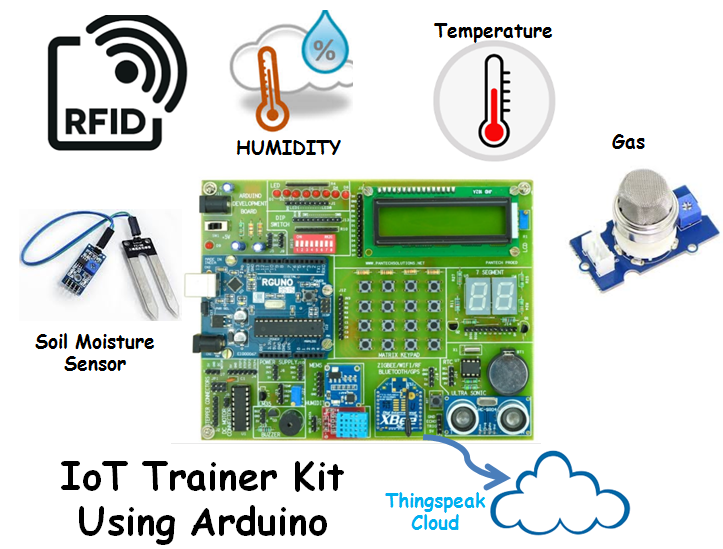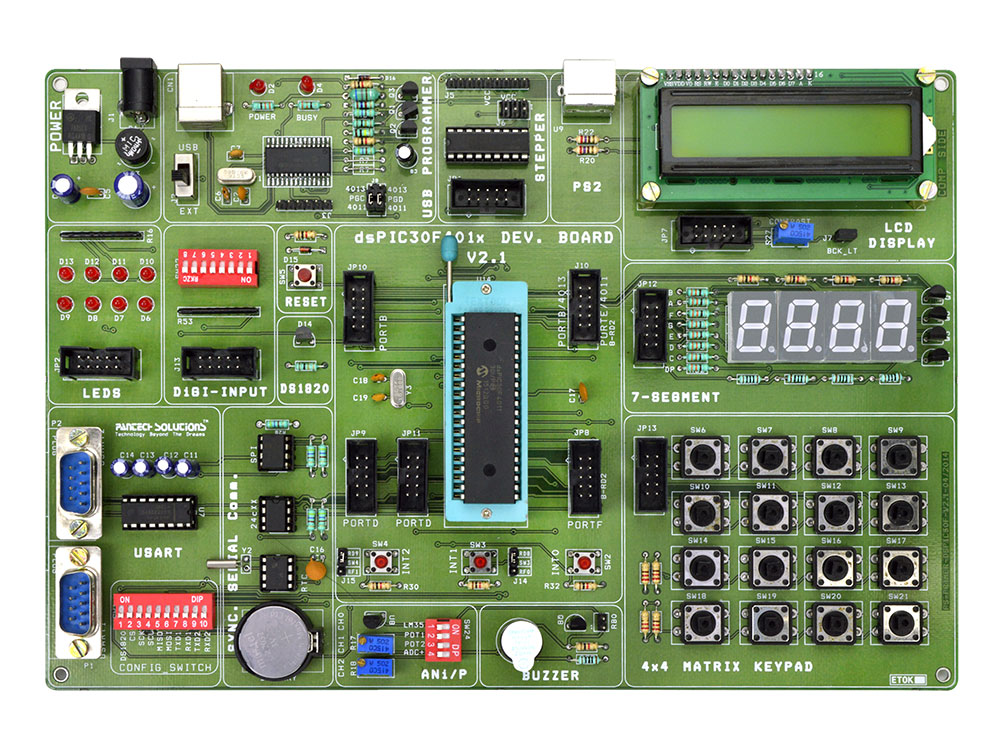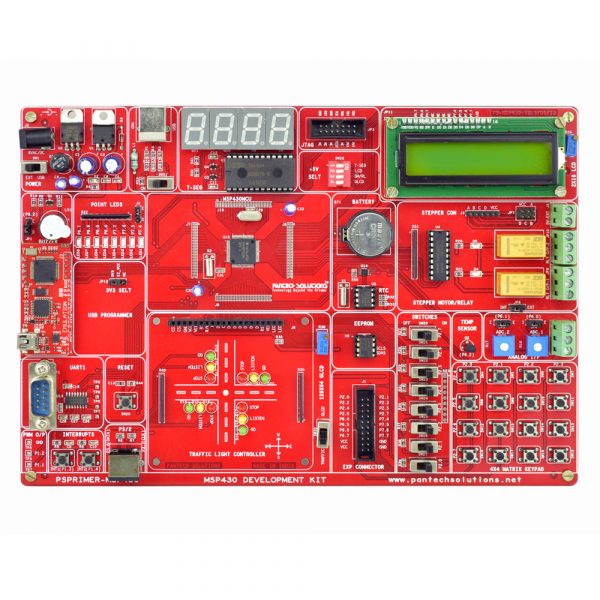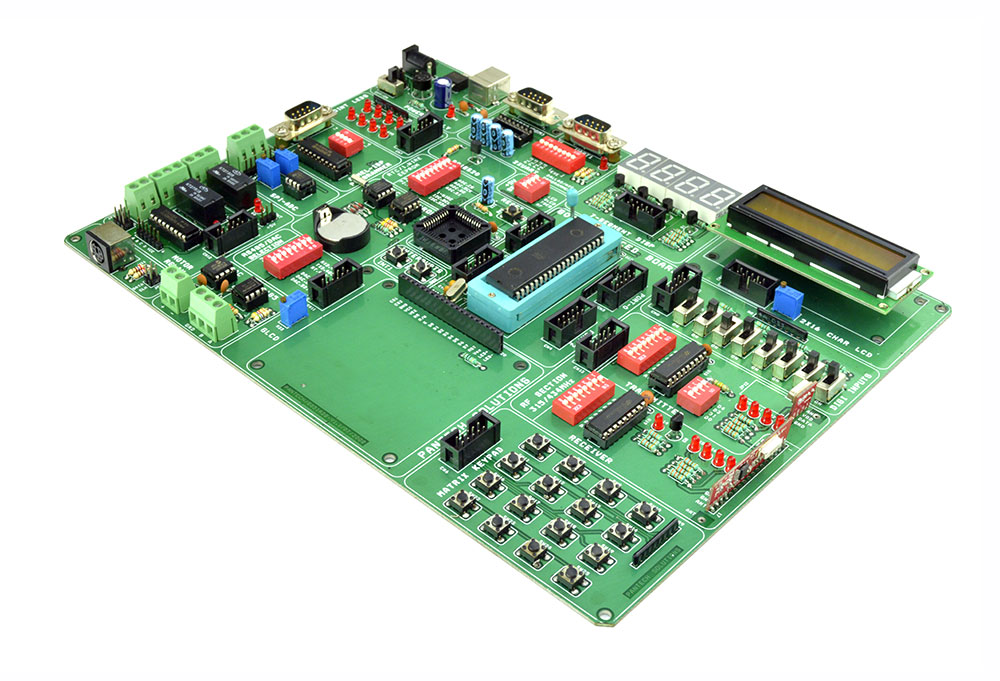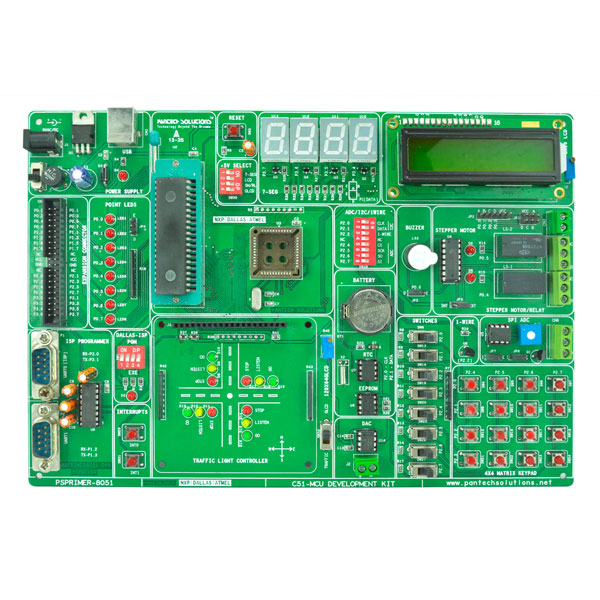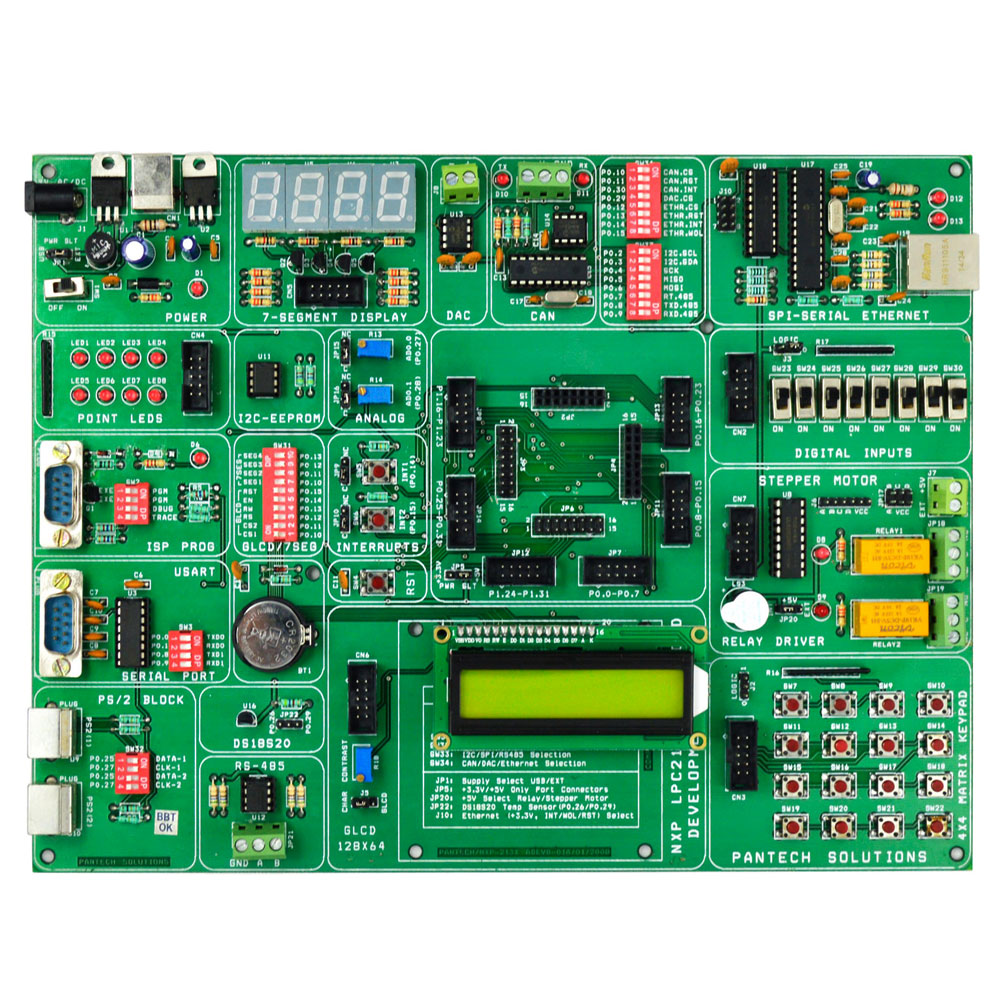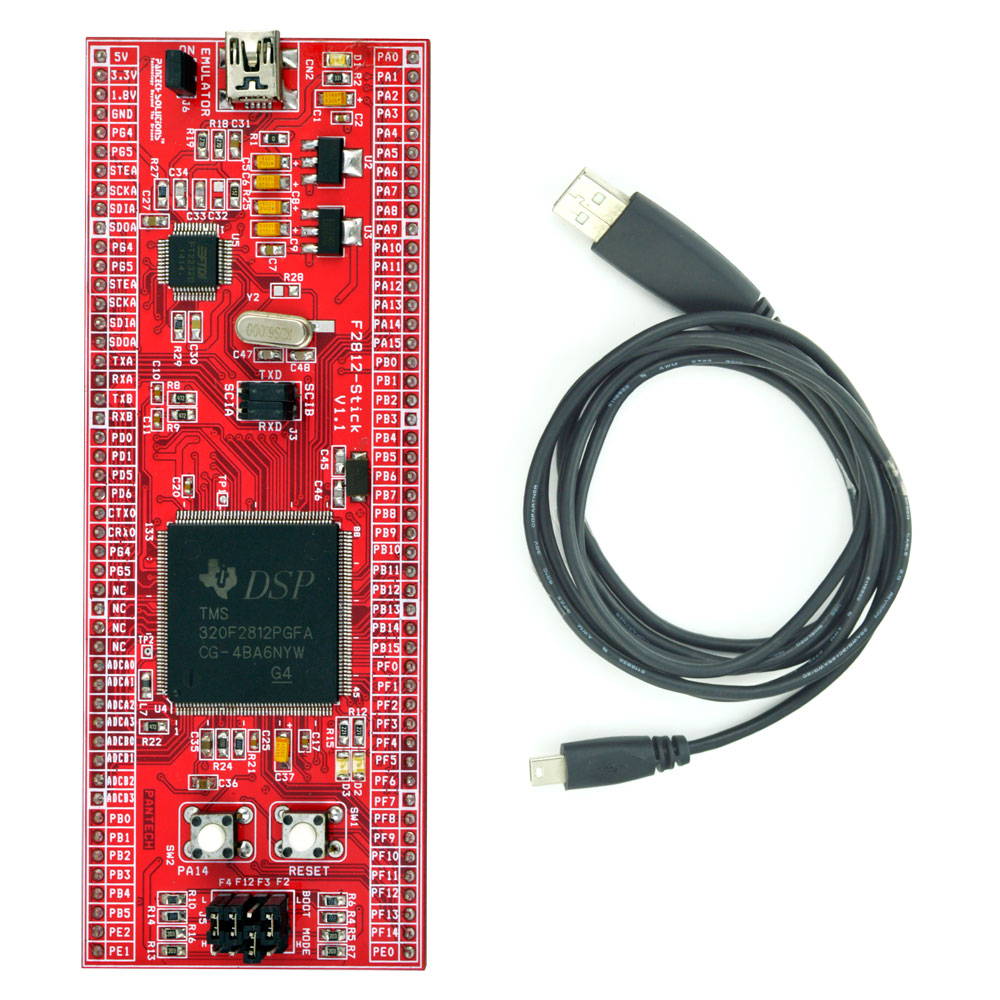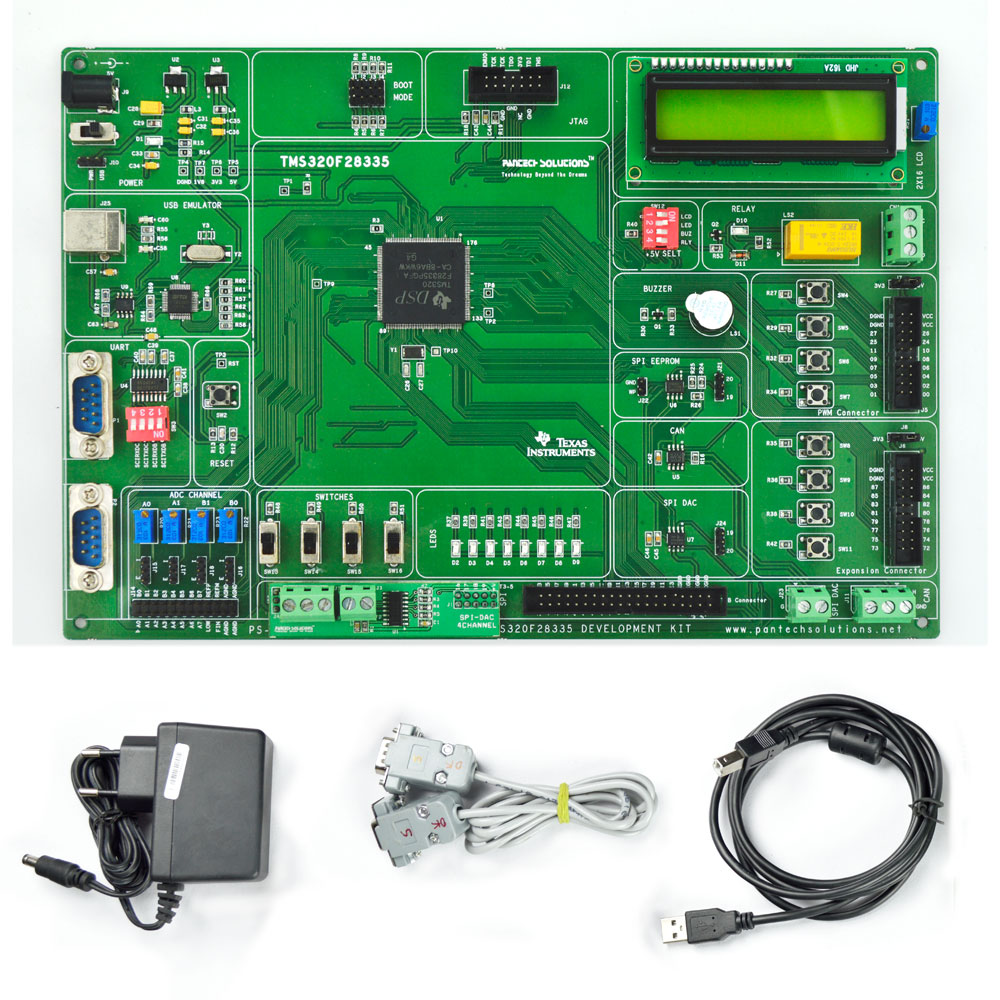Demystifying the 3-to-8 Decoder in Verilog: Logic, Code, and Simulation
Description
Explore how a 3-to-8 decoder works in digital circuits. Learn its truth table, Verilog implementation, testbench, and real-time simulation output.
Introduction
A decoder is a crucial component in digital logic design. It takes binary input and activates one specific output line. In microprocessors, memory systems, and embedded controllers, decoders are used for address decoding and control signal routing. This blog explains the 3-to-8 decoder using Verilog with simulation results.
Concept Explanation
A decoder converts binary inputs into a one-hot output, meaning only one output line is active (logic high) for each input combination. A 3-to-8 decoder has 3 input bits and 8 output lines, enabling it to represent 8 distinct states.
Inputs: a2, a1, a0
Outputs: d0 to d7
Truth Table
a2 | a1 | a0 | d7 | d6 | d5 | d4 | d3 | d2 | d1 | d0 |
0 | 0 | 0 | 0 | 0 | 0 | 0 | 0 | 0 | 0 | 1 |
0 | 0 | 1 | 0 | 0 | 0 | 0 | 0 | 0 | 1 | 0 |
0 | 1 | 0 | 0 | 0 | 0 | 0 | 0 | 1 | 0 | 0 |
0 | 1 | 1 | 0 | 0 | 0 | 0 | 1 | 0 | 0 | 0 |
1 | 0 | 0 | 0 | 0 | 0 | 1 | 0 | 0 | 0 | 0 |
1 | 0 | 1 | 0 | 0 | 1 | 0 | 0 | 0 | 0 | 0 |
1 | 1 | 0 | 0 | 1 | 0 | 0 | 0 | 0 | 0 | 0 |
1 | 1 | 1 | 1 | 0 | 0 | 0 | 0 | 0 | 0 | 0 |
Verilog Implementation
// Pantech e-learning
// 3 to 8 decoder implementation using behavioural modelling
module decoder(
input [2:0] a,
output reg [7:0] d
);
always @(*) begin
d = 8’b00000000;
d[a] = 1’b1;
end
endmodule
Testbench Code
// Pantech e-learning
module tb;
reg [2:0] a;
wire [7:0] d;
decoder uut(.a(a), .d(d));
initial begin
a = 0;
repeat (8) begin
#10;
$display(“a = %b d = %b”, a, d);
a = a + 1;
end
$finish;
end
endmodule
Output
The simulation output will sequentially display the 8-bit one-hot output for each input from 000 to 111, verifying correct decoder operation.
Figure 1: 3 to 8 decoder simulation output log file
Figure 2: 3 too 8 decoder simulation output waveform
Top 5 FAQs on Decoders
Q1: What is the purpose of a decoder?
A decoder activates a specific output line based on binary input. It is used in memory, microprocessors, and digital displays.
Q2: How many outputs does a 3-to-8 decoder have?
A 3-to-8 decoder has 8 outputs (2³ = 8), one for each possible input combination.
Q3: Can multiple outputs be high at the same time in a decoder?
No, in a standard decoder, only one output is high at any time, based on the input.
Q4: What happens if inputs are undefined (X or Z)?
Decoder outputs can behave unpredictably if inputs are undefined. Proper initialization is important.
Q5: What is the difference between an encoder and a decoder?
A decoder converts binary input into one-hot output, while an encoder does the reverse—it converts one-hot input into binary.
Conclusion
You’ve learned how a 3-to-8 decoder works and how to implement it in Verilog using behavioral modelling. Understanding decoders is fundamental for applications in memory selection, instruction decoding, and digital displays.
Try It Yourself
Run the 3-to-8 Decoder Verilog simulation online:
Click here to simulate on EDA Playground
Call to Action
Explore more digital design experiments with our Digital Electronics Lab Kit.
Looking to deepen your understanding?
Join our Verilog Internship Program and start building real-time projects today!
Download this Verilog code and try variations for your lab practice.
About Author:
A. Manikandan is an RTL Engineer at Pantech India Solutions Pvt. Ltd. With a strong passion for digital design ,FPGAs and ASIC bus protocols. he specializes in FPGA and hardware development, sharing insights to bridge the gap between academia and industry.
You can adjust the second line to reflect any specific expertise or areas of interest you wish to highlight!
Looking Ahead: Collaborate With Us
- Try building this Full Adder on the Intel MAX10 FLK FPGA board and visualize the simulation results in real-time.
- Want to build a complete multi-bit adder? Explore our beginner-friendly Verilog series at Pantech eLearning.
- Looking for hands-on training? Join our FPGA/VLSI Internship Program and take your digital design skills tothe next level!
- Email: sales@pantechmail.com
- Website: pantechelearning.com
- Exploring EV models & Battery Management Systems
- Deep dive into autonomous systems & Steer-by-Wire tech
Let’s innovate together—and prepare the next generation of tech leaders.
Digital Electronics
Digital electronics
click here
Boolean Algebra and Logic Gates.
click here...
Implementing and Simulating the OR Gate.
click here
Designing XOR Logic in Verilog
click here
Building the NOR Gate in Verilog
click here
Designing the NAND Gate.
click here
Designing a Half Adder in Verilog
click here
Building a Ripple Carry Adder in Verilog.
click here
Designing a 2x1 Multiplexer in Verilog
click here
Carry look ahead.
click here
Comparator in verilog.
click here
Decoder
click here
Designing a Binary Adder
click here
- All Projects
- Product


